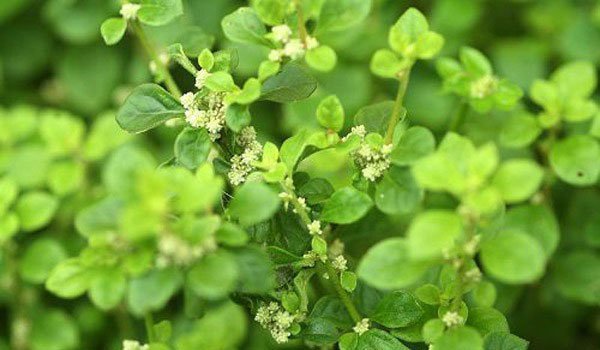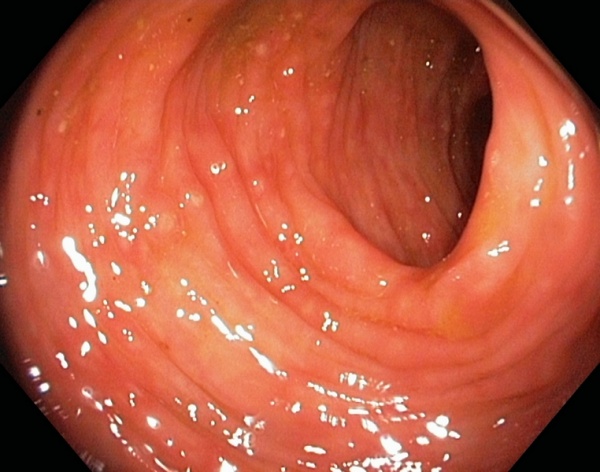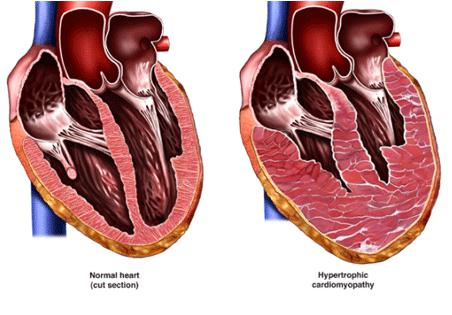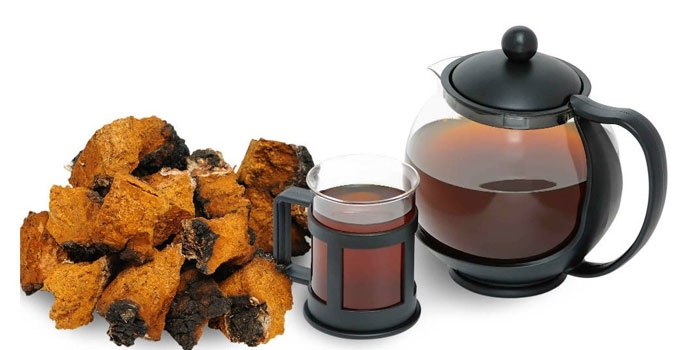How to cure eczema on hands at home
Eczema is a dermatological disease in which the skin becomes inflamed in exposed areas. Most often it is the hands, face, feet. First, the skin becomes red, there is a rash, burning and severe itching. Eczema is small blisters that open up after maturation, a weeping wound appears. Eczema is very common as it accounts for almost half of all dermatological diseases.
Patients with this diagnosis experience not only physical, but also psychological discomfort, since open wounds often seem scary and contagious to others. But eczema is not actually contagious. When an infected bacterium enters healthy skin, most often there are no changes, very rarely minor rashes may appear. In order to get sick with eczema, you need to have a number of predispositions. The complexity of the disease is that eczema is very difficult to cure completely. Its course is cyclical - the period of exacerbation is replaced by remission. The fact that eczema comes back again and again is depressing and many patients wonder if it is possible to get rid of eczema forever?
Causes of eczema on the hands
Eczema is still one of the diseases, the exact cause of which even doctors do not know. But there are people who may be at risk. For example, eczema in the vast majority appears in allergy sufferers. This suggests that people with weak immunity, who are not able to withstand some external factors, have a serious predisposition to this kind of disease. Also, provoking factors can be frequent contact with caustic chemical compounds, synthetic clothing, low-quality detergents - powder, soap, dishwashing gel.
Eczema can occur against the background of long-term use of certain drugs, for example, uncontrolled intake of paracetamol, analgin. Some people are allergic to metal, so wearing metal objects that come into contact with the skin (jewelry, eyeglass frames, belt buckles) can also trigger eczema on the hands. Any allergic reactions (to food allergens, to plant pollen) can also cause a dermatological disease.
Most often, eczema occurs from professional activities, when a person, due to his specialization, is faced with constant contact with caustic substances. It can be in paint factories, it can be in hairdressers (if they do the hair coloring procedure without gloves), as well as in various chemical processes.
Varieties of eczema and their manifestations
Depending on the form of the course of the disease, eczema is divided into several groups.
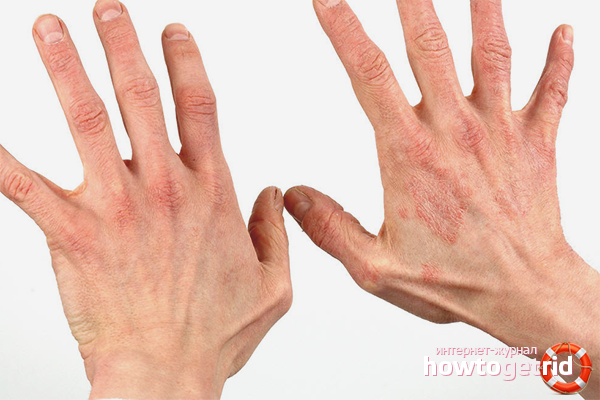
- True (idiopathic) eczema is characterized by rashes of small acne on a fairly large area of the skin. Over time, the bubbles burst, leaving inflamed weeping tissue on the skin. Then the upper layer of the skin dries up, crusts form, although the inflammatory process continues on the lower layers. This eczema is characterized by intense itching.
- Microbial eczema. It is characterized by the formation on the skin of small pustular acne and inflammation, which are of fungal or bacteriological origin. Often, microbial eczema occurs at the site of open wounds, burns, cuts, abrasions, fistulas when pathogenic microbes enter unprotected tissues.
- Mycotic eczema is an allergic reaction to a fungal pathogen. A common cause of the disease is ringworm, condidiasis and other types of mycoses.
- Seborrheic eczema occurs in people with seborrhea. Most often, the foci are localized on the head, in the inguinal folds, behind the auricles (that is, in places of increased secretion of sebaceous fat). On the hands, such eczema rarely appears.
- Occupational eczema is caused by constant contact with harsh chemicals.
- Dyshidrotic eczema most often occurs on the palms and soles of the feet. Since the skin in these areas is quite thick, inflammation is rarely acute. With such eczema, groups of pustular inflammation appear, which either burst or dry out in a closed state.
In addition, there are such types of eczema as tylotic, varicose and sycysophora. There is also children's eczema, which is almost always localized on the face - cheeks, forehead.
It is very important to accurately classify the eczema as the treatment may vary slightly. For this, it is better to consult a doctor for a correct diagnosis. Regardless of what type of eczema your doctor diagnosed, you need to treat it comprehensively. The principles of general treatment include drug therapy (both internal and external), strengthening the immune system, normalizing bowel function, dieting, and basic hygiene standards. We will talk about each point of treatment in more detail.
This is the basis of complex treatment, since it is impossible to defeat eczema without normalizing internal resources. Here are a few directions in which the doctor acts in order to defeat the disease with you.

- Sorbents. Since one of the common causes of eczema is allergies, sorbents are often prescribed to the patient. Once in the intestines, they absorb the allergen, preventing it from causing a reaction in the body. Among them are Filtrum, Polysorb, Enterosgel and others.
- Sedative drugs. If the appearance of eczema is associated with neurological disorders, treatment is often accompanied by the use of sedative medications. They normalize the nervous system and protect the patient from sudden attacks of aggression. Among the most harmless sedative drugs are Novopassit, Persen, valerian and motherwort tincture.
- Hormones. Some hormonal drugs (corticosteroids) are very effective against various kinds of dermatological diseases, but they have a number of contraindications. Such drugs are prescribed only by a doctor, taken according to a scheme with a gradual withdrawal. In no case should you take hormones uncontrollably and often. For the treatment of eczema, Prednisolone, Triamcinol, Dexamethasone are used.
- Antihistamines. They are an essential part of the treatment. Cetrin, Zodak, Zirtek, Claritin, Ketotifen help relieve tissue swelling, reduce itching and burning.
- Antibacterial agents. With microbial eczema, antibiotics should be included in the treatment. It is best to take a swab or scraping from the wound and do a bacterial culture, revealing which antibiotics the microbes are least sensitive to.
- Beneficial bacteria. To normalize the functioning of the intestines and protect the body from dysbacteriosis, they take various probiotics that sow pathological bacteria and populate the intestines with beneficial microorganisms. Among them are Hilak Forte, Linex, Bifiform, Lactobacterin, etc.
In addition, the patient is prescribed vitamins and immunomodulators to strengthen the immune system, since the restoration of the body's defenses is the basis of recovery.
External treatment for eczema
It is very important to treat eczema not only from the inside, but also from the outside. For this, the patient is prescribed ointments and gels with corticosteroids, which relieve itching, burning and inflammation. Among the most inexpensive are Prednisolone, Astroderm, Hydrocartisone ointment. Bepanthen and Panthenol will also help relieve itching and redness, these are more gentle and safe ointments that are used for minor eczema.
To relieve itching and relieve inflammation, you can use Burow's liquid, lead water, citric acid solution, menthol solution. Lotions or baths are made from the liquid. At home, you can use talc, starch, zinc powder to dry weeping tissues.
In addition, you can subject eczema to physiological treatment. The most common procedure is ultrasonic irradiation to decontaminate the wound from germs.
Hygiene for eczema
Hygiene is another fundamental condition for getting rid of eczema. Here are a few rules that will not only help you cure eczema, but also protect the body from its recurrence.
- Clothing and bed linen should be made only from natural fabrics. Towels, bed linen and clothes should be changed as often as possible.
- When washing, use hypoallergenic powders, rinse clothes several times.
- Try to carry out wet cleaning of the premises daily.
- Between courses of treatment, do not use hormonal ointments too often - addiction occurs in the body, and the effectiveness of the drug drops.
- When working with caustic chemicals, it is imperative to use protective equipment - respiratory masks, rubber gloves, a gown.
- When open wounds appear, in order to avoid the formation of eczema, the damaged skin should be carefully disinfected.
These simple rules will help you avoid periods of exacerbation of eczema or completely forget about the problem.
Diet is an important component of recovery
In the fight against many diseases, diet is one of the main components on the road to recovery. It is necessary to exclude provoking foods from the diet - those to which there is an allergy. The most common food allergens are eggs, strawberries, chocolate, nuts, honey, citrus fruits. You should also give up spicy, salty and smoked foods, fast foods. Fast food, carbonated drinks, chips and salted nuts slagging the intestines, which exacerbates the skin rash. Food should be dietary, light, healthy.
In the piggy bank of the home health book there are many recipes and tips that will help you in the fight against eczema.
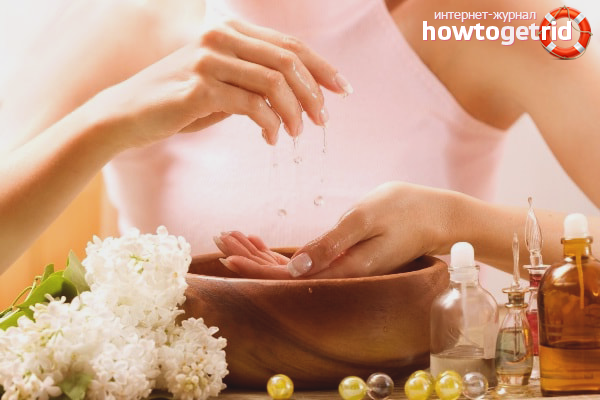
- Salt baths. Hot salt baths are very effective for dry eczema. They disinfect the surface, relieve inflammation and itching. Pour a couple of tablespoons of salt into a liter of hot water and dissolve it. Dip your hands in the bath and keep them there for at least half an hour.
- Aloe juice and Kalanchoe. These plants have powerful bactericidal properties. The leaves can be crushed in a blender, and then squeeze the mass through cheesecloth. It is necessary to lubricate eczema with freshly prepared juice 2-3 times a day to accelerate wound healing.
- Strawberry. Strawberries will help relieve inflammation and burning. Fresh berries should be crushed and applied to the affected areas of the skin.
- Oil and vinegar. Any vegetable oil has a huge amount of vitamin E, which is involved in the synthesis of collagen and promotes skin regeneration. Vinegar disinfects the wound and helps relieve inflammation. Mix the two components in equal proportions, soak a clean piece of gauze in the liquid, and then apply the lotion to the eczema for 10 minutes. Two procedures a day will be enough for the wound to begin to heal in 3-4 days.
- Sea buckthorn oil. Sea buckthorn oil is excellent for softening tissues during dry erosion. The oil must be preheated and applied to the affected areas of the skin.
- Vinegar, egg and water. In a glass, beat one egg with the addition of 50 ml of vinegar and the same amount of water. Lubricate weeping eczema before going to bed and cover with a clean cloth. In the morning, the dried film does not need to be washed off, cover it with another layer of the mixture prepared the day before. A few days of such treatments and eczema will stop getting wet.
- Calendula, chamomile, sage. Pour one tablespoon of each plant into a liter jar. Pour boiling water over the collection, cover with a lid and let it brew for a couple of hours. When the broth has cooled to a warm state, dip your hands into it. Chamomile perfectly relieves inflammation and soothes the skin, sage eliminates itching and burning, calendula disinfects the surface of the wound. Such baths can be done several times a day.
- cabbage and milk. Cabbage leaves should be carefully removed from the head, pour milk over them and put on medium heat. When the milk boils, reduce the heat and steam the leaves until they become soft. Milk cabbage leaves should be applied to the affected skin of the hands twice a day.
These recipes are quite effective, but can only be used in combination with conservative treatment.
People who suffer from eczema often feel like lepers because of the way others treat them. Often eczema occurs on open areas of the skin, patients have to wear gloves, sunglasses. Do not aggravate the depressed state of the patient with eczema! If there is such a person in your environment, support him with a look and a kind word, because eczema is not contagious and does not pose any danger to you. Be kinder and the world will love you back!
Video: how to treat eczema
- Intercostal neuralgia - what is it and how to treat
- How to quickly get rid of dry corns on the legs
- How to treat left ventricular hypertrophy
- Rating of the best drugs for rotavirus for children
- Making tea from currant leaves, the benefits and harms of the drink
- How to drink hydrogen peroxide according to Neumyvakin - an oral regimen
- Features of the treatment of plantar fasciitis with folk remedies
- The composition and beneficial properties of parsley root
- How to get pregnant quickly? Folk remedies
- Herbs-ants in the "pot-bellied" period or the use of herbal medicine during pregnancy
- Why does a sore throat and dry cough occur, and what treatment is required?
- Guy's Room Design: Ideas and Examples
- General rules for drawing up a foundation plan House foundation drawings
- modern art deco bedroom small art deco bedroom
- Pansies: characteristics and photos of flowers
- Making an art deco bedroom: the choice of materials Beige art deco bedroom
- Bedroom interiors in art deco style Bedroom art deco style beige
- Young: planting and care in the open field Young planting and care in the open
- Varieties for open ground
- Pansies: cultivation and care in the open field




